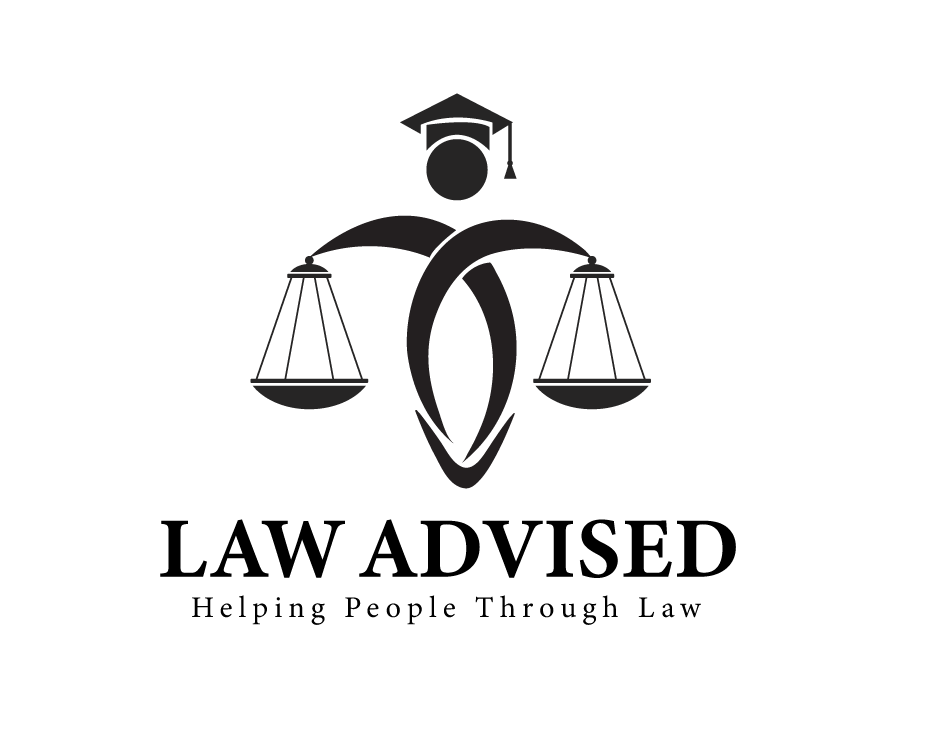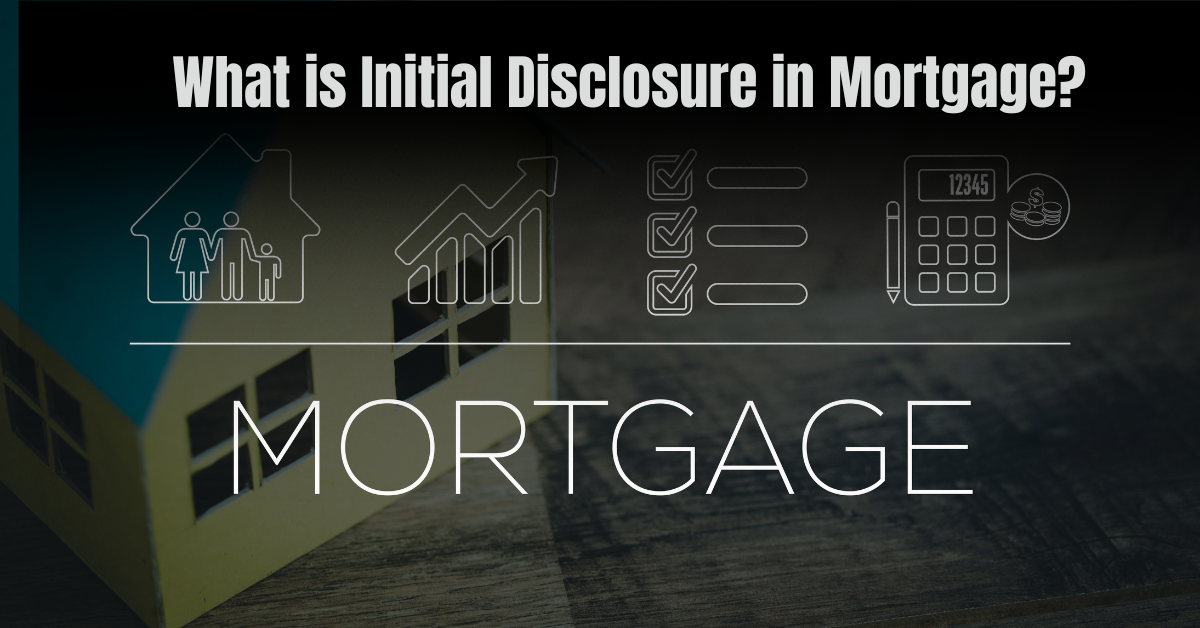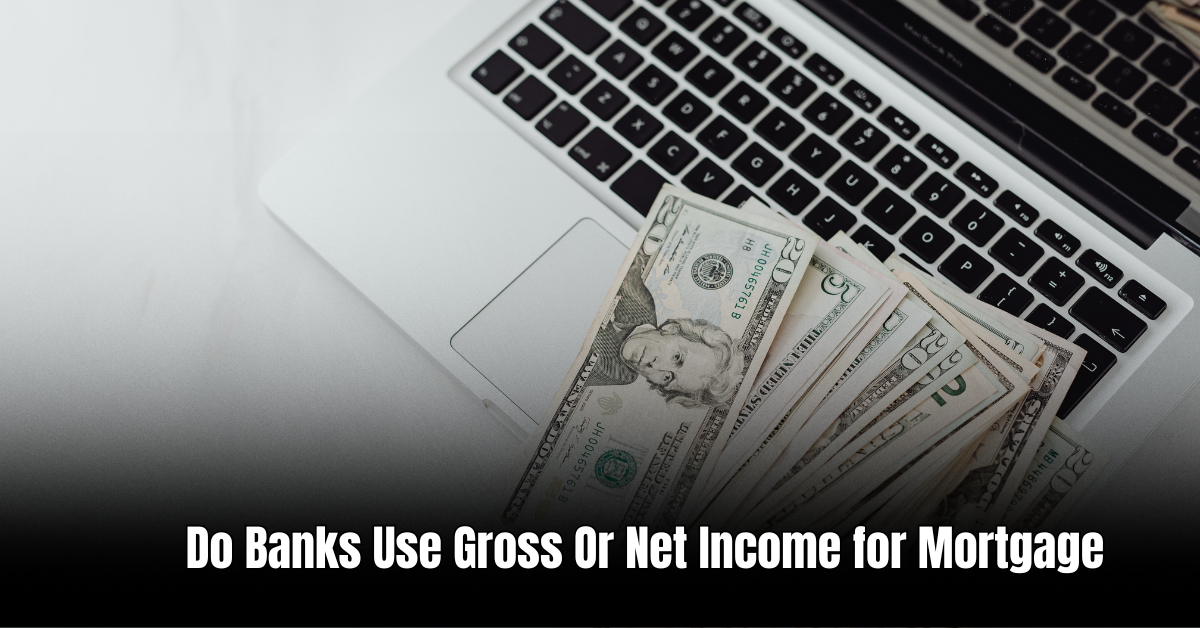When you’re in the process of getting a mortgage, you will come across the term “Initial Disclosure”. So, what exactly is an Initial Disclosure in a mortgage?
Initial Disclosure is a crucial step in the mortgage process that aims to provide borrowers with important information about the loan they are applying for. Lenders are required, by law, to disclose specific details about the loan terms, interest rates, fees, and other related costs to borrowers within a certain timeframe.
What Is Included in the Initial Disclosure?
The Initial Disclosure contains several important pieces of information that borrowers need to understand the terms of their mortgage loan fully. Here are some key elements typically included:
- Loan Terms: This section outlines the basic loan details, including the loan type, amount, and duration.
- Interest Rate: The initial disclosure will clearly state the interest rate on the loan. This is essential for borrowers to know how much they will be paying in interest over the life of the loan.
- Monthly Payment: This section breaks down the estimated monthly payment amount, including principal and interest, as well as any additional expenses like insurance and taxes, if applicable.
- Closing Costs: Lenders will disclose all the estimated closing costs associated with the loan. These costs typically include appraisal fees, title insurance, attorney fees, and other miscellaneous charges.
- Loan Estimate: The Initial Disclosure will include a Loan Estimate form that details the estimated costs and terms of the loan. This form is designed to help borrowers compare offers from different lenders.
- Important Dates: The disclosure should also include important dates, such as the deadline for accepting the loan offer and the estimated closing date.
Why is Initial Disclosure important?
The Initial Disclosure plays a crucial role in empowering borrowers to make informed decisions about their mortgage loans. Here’s why it is important:
- Transparency: By providing detailed information about the loan terms and costs,the Initial Disclosure promotes transparency between the lender and the borrower.
- Comparison Shopping: The Loan Estimate form allows borrowers to easily compare multiple loan offers from different lenders, helping them find the most favorable terms.
- Budget Planning: Knowing the monthly payment amount and closing costs upfront enables borrowers to understand how the loan will impact their budget and financial stability.
- Preventing Surprises: Initial Disclosure helps avoid surprises down the line by ensuring borrowers are aware of all aspects of the loan.
- Legal Requirement: Lenders are legally obligated to provide borrowers with this information to protect them from unfair lending practices.
When is the Initial Disclosure Provided?
Under the Truth in Lending Act (TILA), lenders must provide the Initial Disclosure to borrowers within three business days from the loan application submission. This timeframe ensures that borrowers have enough time to review and compare loan offers before making a decision.
It is important for borrowers to carefully review the Initial Disclosure and seek clarification from the lender if anything is unclear. Understanding the terms of the loan and associated costs is crucial to making an informed decision.
Frequently Asked Questions: What Is Initial Disclosure In Mortgage: A Guide To Understanding Key Terms
What Is an Initial Disclosure In a Mortgage?
Initial disclosure in mortgage refers to the stage when a lender provides important loan information, such as the loan terms, interest rate, and estimated closing costs, to the borrower.
Why Is Initial Disclosure Important?
Initial disclosure is important as it ensures transparency in the mortgage process, allowing borrowers to make informed decisions and understand the terms and costs associated with their loan.
What Should Be Included In Initial Disclosure?
Initial disclosure should include key details like loan amount, interest rate, monthly payments, loan duration, any prepayment penalties, closing costs, and information about the lender and borrower.
When Does Initial Disclosure Occur?
Initial disclosure typically occurs within three business days after a borrower submits a loan application to the lender. This allows sufficient time for the borrower to review the terms before proceeding.
Conclusion
The Initial Disclosure serves as a critical step in the mortgage loan process, providing borrowers with comprehensive information about their loan terms, interest rates, fees, and closing costs. It promotes transparency, empowers borrowers to compare loan offers, and helps prevent surprises down the line. By carefully reviewing the Initial Disclosure, borrowers can make informed decisions and choose a mortgage that best suits their financial needs.
Ismail Hossain is the founder of Law Advised. He is an Divorce, Separation, marriage lawyer. Follow him.





Leave a Reply